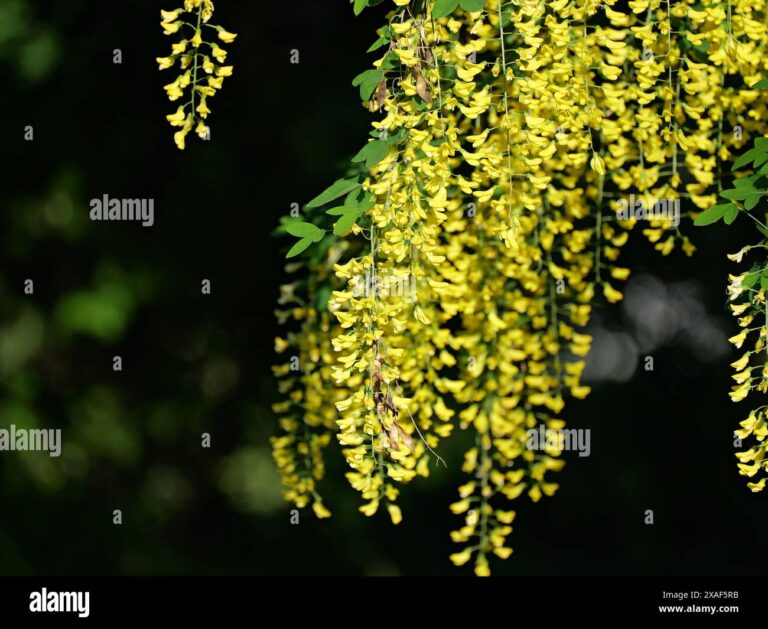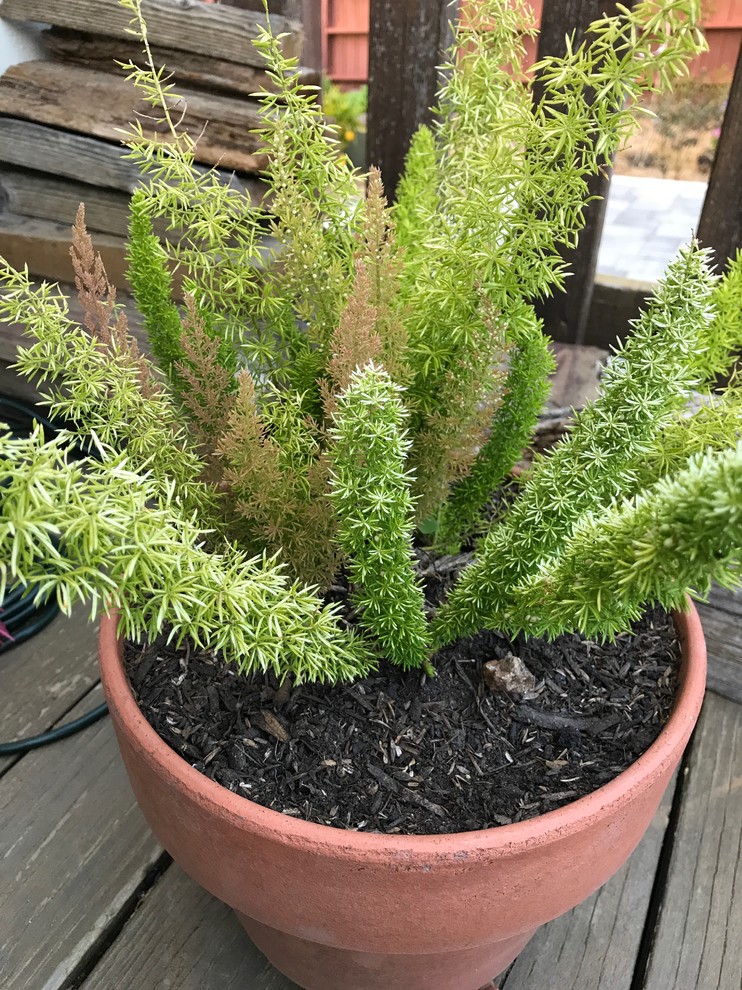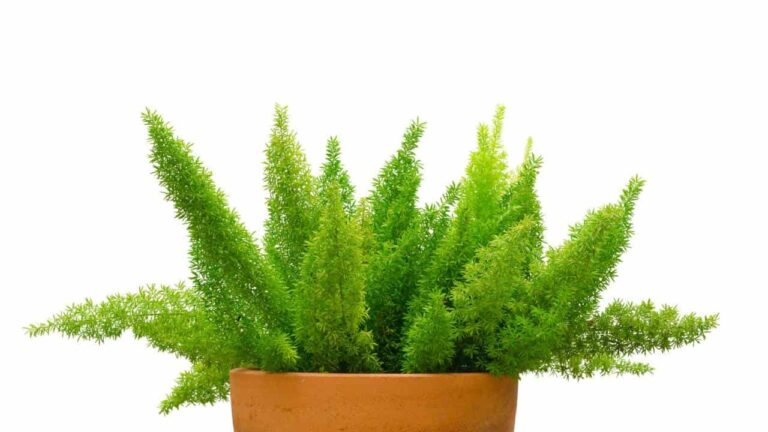Understanding Tree Ferns
Tree ferns are intriguing plants, often perceived as trees due to their tall, fibrous trunks. These plants add a touch of prehistoric beauty to indoor and outdoor gardens. This section will delineate the fundamental characteristics and habitat requirements of tree ferns.
Characteristics of Tree Ferns
Tree ferns are characterized by their unique physical structure and long botanical lineage. Unlike traditional trees, tree ferns like the Dicksonia antarctica possess tall ‘trunks’ composed of fibrous aerial roots that require consistent moisture. Tree ferns exhibit resilience and endurance, embodying a living legacy that has persisted for over 360 million years (Gregarious). They are symbols of new beginnings, boasting lush fronds that enhance the aesthetic appeal of any environment.
Key characteristics include:
- Tall fibrous trunks: Not made of wood, but densely packed aerial roots.
- Lush fronds: Often large and vibrant, contributing to the plant’s distinctive appearance.
- Slow growth: They are not fast growers but are capable of enduring cold temperatures in regions like the UK (Gardeners’ World).
Tree Fern Habitat Requirements
Understanding the habitat requirements of tree ferns is crucial for their successful growth. These plants thrive in environments that mimic their natural habitats, which are typically moist and shaded forests.
- Moisture: Tree ferns require a high level of humidity and moist soil to keep their aerial root ‘trunks’ hydrated.
- Light: They prefer filtered or indirect light, as direct sunlight can be too intense and cause drying of the fronds. For detailed light requirements, see fern plant light requirements.
- Temperature Tolerance: They can tolerate a range of temperatures but generally prefer a cool and humid climate. For more information on temperature preferences, refer to fern plant temperature tolerance.
- Soil: These ferns prefer well-draining soil that is rich in organic matter, ensuring their roots have access to the necessary nutrients.
Here’s a quick reference table for their habitat needs:
| Habitat Requirement | Description |
|---|---|
| Moisture | High, consistently moist |
| Light | Indirect, filtered light |
| Temperature | Cool and humid |
| Soil | Well-draining, rich in organic matter |
Ferns like the Maidenhair fern and Bracken fern also offer environmental benefits, such as improving air quality and supporting biodiversity, making them ideal additions for urban gardening.
For a complete guide on care and maintenance, refer to our sections on fern plant care and watering tips.
Planting and Caring for Tree Ferns
Tree ferns add a dramatic touch to any garden, particularly in shaded, sheltered spots. Here, we delve into the proper techniques for planting and maintaining these stunning plants.
Planting Tree Ferns
When planting tree ferns, it’s essential to ensure they are placed in ideal conditions to thrive. They prefer damp, shady, and sheltered locations, away from direct sunlight. Follow these steps to plant your tree fern properly:
- Dig a Generous Hole: Make sure the hole is broad enough for the tree fern’s root system.
- Add Organic Matter: Incorporate plenty of organic matter into the hole.
- Position Well: While staking is not usually necessary, make sure the tree fern stands firm by backfilling the hole properly.
Planting in the ground offers stability, and for particularly large ferns, you may need to drill a hole in the trunk for a metal rebar anchor or wire it to the ground. Smaller ferns can also be grown in pots, but ensure stable soil conditions for optimal growth.
Watering and Maintenance Tips
Proper watering and maintenance are crucial for the health of tree ferns. They thrive in humidity and organic, slightly acidic soil. Here are some tips for watering and maintaining your tree ferns:
- Consistent Moisture: Tree ferns require consistently moist soil, especially near the root zone. In areas with low rainfall, coastal humidity often suffices.
- Avoid Direct Sunlight: Position the ferns in shaded or partially shaded areas to prevent frond scorching.
- Organic Mulch: Apply a layer of organic mulch around the base to retain moisture.
- Do Not Relocate Potted Ferns: Avoid moving potted tree ferns when new fronds are emerging, as it can disrupt growth and lead to twisted fronds.
| Maintenance Aspect | Recommendations |
|---|---|
| Watering Frequency | Keep soil consistently moist |
| Soil Type | Slightly acidic, organic |
| Light Requirements | Shade to partial shade |
| Special Care | Avoid moving potted ferns during frond emergence |
For additional details on maintaining the health of your tree ferns, visit our article on fern plant care and fern plant watering.
By following these planting and maintenance tips, gardeners can enjoy the unique beauty and benefits of tree ferns in their gardens. For more information on how to troubleshoot issues or manage pests and diseases with tree ferns, check out the relevant sections of our guide.
Common Issues with Tree Ferns
Tree ferns can face various challenges, including pests and diseases that might impact their health. Understanding these common issues and knowing how to address them is vital for maintaining vibrant and healthy ferns.
Pest and Disease Management
Insect Damage
Tree ferns are susceptible to various pests that can cause visible damage. Holes or ragged areas in the leaves are often signs of insect activity. While some insect damage may be cosmetic and temporary, more severe infestations require intervention. Treatments may include insecticidal sprays or systemic tree injections. Regular inspection and early action can help keep insect issues under control.
| Pest Type | Symptoms | Treatment |
|---|---|---|
| Aphids | Sticky leaves, yellowing | Insecticidal soap |
| Mealybugs | Cotton-like masses | Neem oil |
| Spider Mites | Webbing, stippling on leaves | Miticide |
Fungal and Bacterial Diseases
Tree ferns can also suffer from fungal and bacterial infections that manifest as spots, blemishes, and blotches on the fronds. Proper diagnosis is essential for effective treatment, ideally performed by a Certified Arborist. Early detection and appropriate fungicidal or bactericidal treatments can prevent the spread of these diseases.
Nutrient Deficiencies
Yellowing leaves or fronds might indicate a nutrient deficiency. Fertilizing the tree fern with a balanced slow-release fertilizer can address these deficiencies and promote healthy growth (Rayzor’s Edge Tree Service). Regular soil testing can help identify specific nutrient needs.
Troubleshooting Tree Fern Health
Yellowing Fronds
Excessive yellowing of tree fern fronds can often be a sign of multiple issues, including over-watering, under-watering, or nutrient deficiencies. Adjusting watering schedules and providing appropriate fertilization can mitigate this issue. For more specific guidance, refer to our fern plant watering and fern plant turning brown articles.
Browning Tips
Browning at the tips of the fronds can indicate insufficient humidity, exposure to direct sunlight, or chemical build-up from water and fertilizers. Increasing ambient humidity and ensuring the fern is situated in a suitable location with indirect light can help. Regularly flushing the soil can remove excess salts and chemicals.
Lichen and Moss
Lichen and moss often grow on tree ferns and are generally harmless. These organisms can add unique visual interest and do not typically compete with the ferns for nutrients (University of Maryland Extension). However, if aesthetic preferences dictate their removal, gentle cleaning methods can be employed.
| Symptom | Potential Cause | Solution |
|---|---|---|
| Yellowing Leaves | Nutrient Deficiency, Water Issues | Fertilize, Adjust Watering |
| Browning Tips | Low Humidity, Over-fertilization | Increase Humidity, Flush Soil |
| Lichen/Moss Growth | Normal Ecological Behavior | Generally Harmless |
For ongoing care and to prevent these issues, refer to our detailed guide on fern plant care to ensure your tree fern thrives under optimal conditions. Regular monitoring and proactive measures are key to maintaining the health and beauty of your tree ferns.
Unique Benefits of Tree Ferns
Tree ferns are not only fascinating plants to grow but also offer a range of unique benefits. From environmental contributions to therapeutic and educational value, tree ferns provide numerous advantages for gardeners.
Environmental Contributions
Tree ferns are natural enhancers of air quality. They silently combat indoor pollutants such as formaldehyde and benzene, making the air healthier (Gregarious). This makes them an excellent choice for indoor gardening.
| Environmental Benefit | Description |
|---|---|
| Air Purification | Removes pollutants like formaldehyde and benzene |
| Soil Protection | Prevents soil erosion and removes soil toxins (TN Nursery) |
| Biodiversity Support | Provides habitat and supports various plant and animal species |
Additionally, ferns, such as the Maidenhair fern, excel in eliminating air pollution, making them an excellent addition to urban gardens. Bracken ferns, known for their triangular fronds, also contribute to improving air quality, preventing soil erosion, and supporting biodiversity.
Therapeutic and Educational Value
Tree ferns provide significant therapeutic benefits. They can reduce stress and anxiety, introducing tranquility into homes and workplaces (Gregarious).
| Therapeutic Benefit | Description |
|---|---|
| Stress Reduction | Reduces stress and anxiety |
| Mental Well-Being | Introduces tranquility into spaces |
For educational purposes, tree ferns can be a fascinating subject for study. Their unique growth patterns and ancient lineage offer educational value for both children and adults, making them an excellent addition to school gardens and botanical collections.
For more information, visit our sections on fern plant care, fern plant propagation, and fern plant light requirements.




